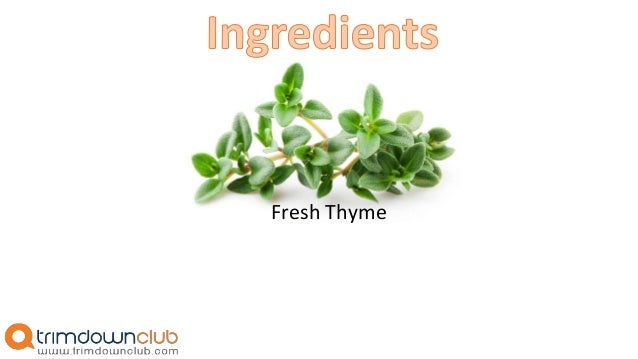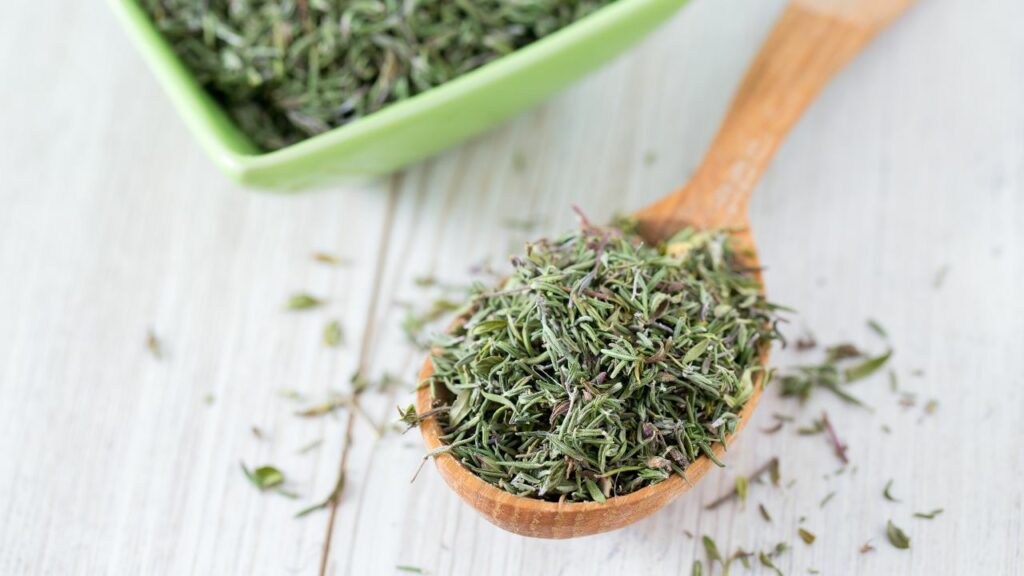

You can also try marjoram, which has a similar taste to thyme. If you’re looking for a substitute, there are a few other herbs and spices you can try.įor a similar flavor, you can use rosemary, sage, or oregano. Thyme is a versatile herb that can be used in a variety of dishes, but it’s not always easy to find.

However, when used in moderation, it can add a nice touch to many different types of dishes. It has a strong, distinctive flavor that can be a bit overwhelming if used too much.

The seeds of parsley can be used to make a spice called parsley seed, which is often used in cooking. The leaves of parsley can be eaten fresh or dried, and they can be used in a variety of dishes. It is also a good source of dietary fiber and antioxidants. Parsley is a good source of vitamins A and C, as well as minerals such as iron and potassium. Parsley is a hardy herb that can be grown in most climates, and it is a popular ingredient in many dishes. The seeds of parsley are small and brown, and are used to propagate the plant. The leaves of parsley are a bright green color and have a fresh, grassy flavor. Parsley is a biennial plant, meaning it takes two years to fully mature and produce seeds. It is a member of the carrot family and is related to celery, fennel, and dill. Parsley is a herb that is often used as a garnish or in small amounts to add flavor to dishes. When using oregano as a substitute for thyme, you may want to add a pinch of rosemary or sage to enhance the flavor. However, it is important to note that the flavor of oregano is stronger than that of most other herbs, so you may need to use a smaller amount when substituting. Oregano can be substituted with other herbs, such as thyme, basil, or marjoram, depending on the dish. It is also believed to have anti-inflammatory and antimicrobial properties. Oregano is also used in herbal medicine, as a remedy for digestive disorders, including bloating, flatulence, and diarrhea, as well as for respiratory conditions such as coughs and colds. In Mexican cuisine, it is often used in combination with cilantro to add flavor to dishes. It also plays a prominent role in many Greek and Turkish dishes. It is a key ingredient in Italian-American cuisine, frequently used in pizza sauces and on grilled meats. Oregano’s aroma is reminiscent of thyme and has a similar flavor, but with a stronger, more camphoraceous and slightly bitter taste. It is a commonly used herb, especially in Greek and Italian cuisine. The flowers are purple (rarely white), produced in erect spikes 2–4 cm long, in summer.

It is a perennial, evergreen subshrub, growing to 20–80 cm tall, with opposite leaves 1–4 cm long. Oregano is a flowering plant in the mint family Lamiaceae, native to temperate western and southwestern Europe and the western Mediterranean region.


 0 kommentar(er)
0 kommentar(er)
